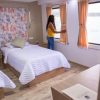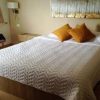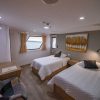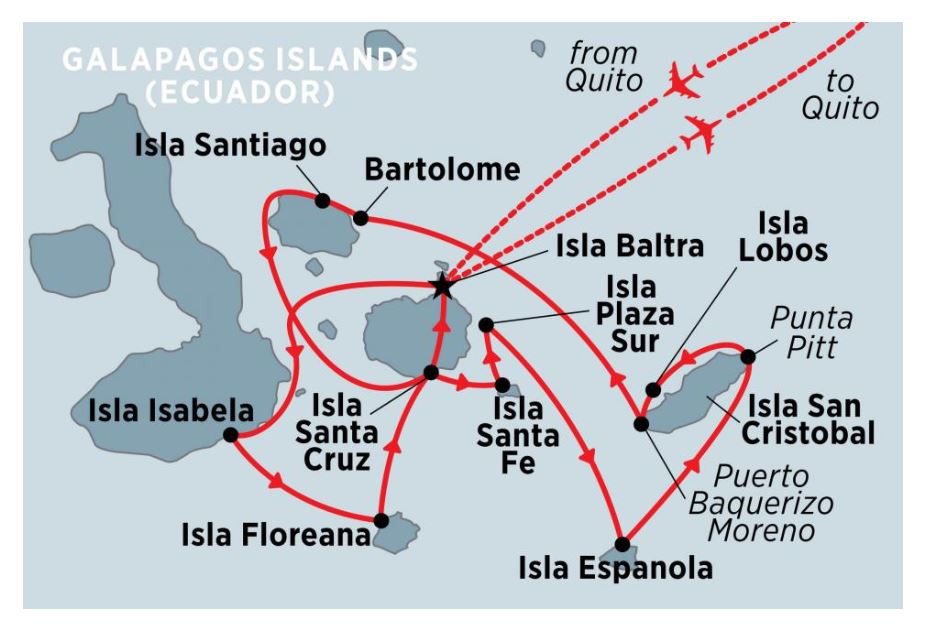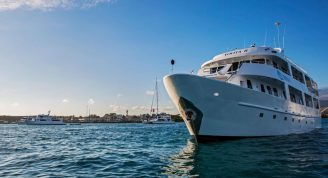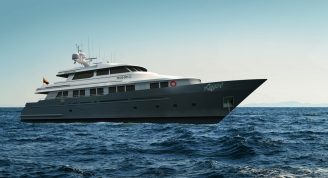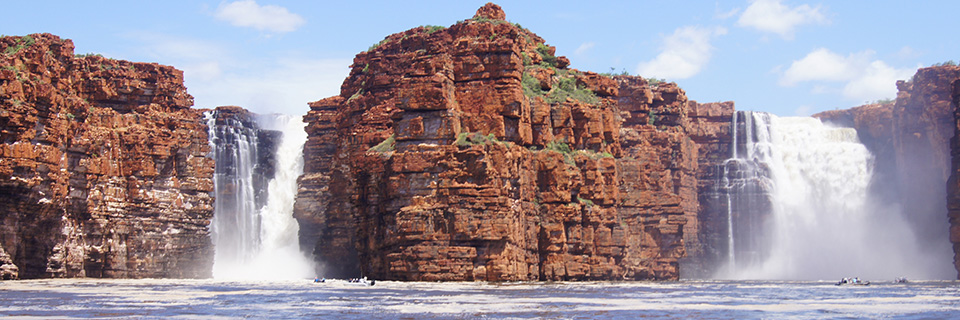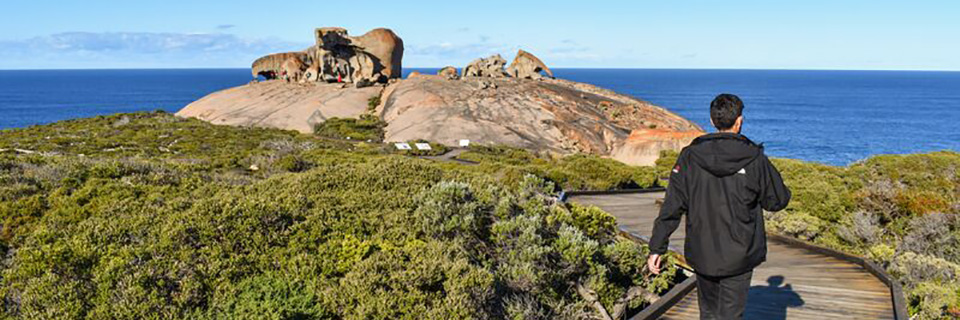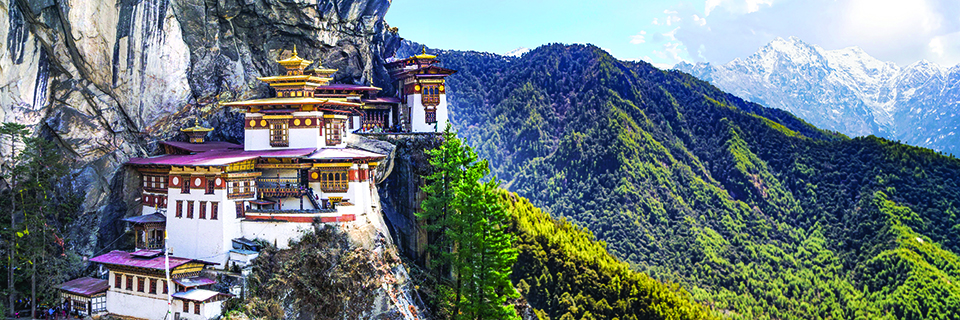Description
Experience Ecuador’s unique archipelago in depth, visiting Santiago, Isabela, Floreana and more
Embark on an immersive journey through the Galapagos Islands and experience the best of the western and central regions. Visiting isles such as Santa Cruz, Isabela, Floreana, Plaza Sur, Espanola and Santiago, you’re bound to encounter wild giant tortoises, stunning beaches, soaring seabirds, land iguanas, pink flamingos and volcanic landscapes – not to mention those must-see icons of the Galapagos, Kicker Rock and Pinnacle Rock. In 13 days there is a lot to cover, but a well-paced itinerary, bookended by one of South America’s most beautiful cities, ensures plenty of time to absorb the spoils of this unique, wildlife-rich archipelago.
Is this trip right for you?
Although we don’t ask travellers to complete a Physical Participation Form for this trip, we do ask that you read through the trip notes carefully to ensure that this trip is right for you. You’ll need to feel comfortable with the included activities and with moving about the boat. The cabins and communal areas of the boat are spread over four decks, and the steps between the decks are steep.
You will be entering and exiting a Zodiac boat (panga) during wet and dry landings and when returning from snorkelling. Although the waters we sail are usually calm, there are times when the sea can get rough and choppy. Steady sea legs (and a sturdy stomach) are needed when walking around the boat during bad weather. Rain or shine, your trusty crew will always be on hand to assist you.
A typical yacht/boat for sixteen travellers is equipped with eight cabins each with ensuites. They are designed to maximise living area space, so sleeping quarters can be a bit cramped. That being said, the adventure and exhilaration of an authentic Galapagos trip more than makes up for any discomfort.
While at sea and when exploring the islands, you may be exposed to the sun for large parts of the day. It’s important to use sun protection and drink plenty of water.
Please note that while there is an itinerary in place, some changes may occur due to the weather or because of direction from the local authorities. This can happen with little notice so please be prepared for potential modifications to the route or activities. A sense of humour and flexibility will ensure you have a fun, relaxing trip through this beautiful part of the world no matter what happens.
All of our Galapagos tours begin and end in Quito which is located approximately 2850 metres above sea level so you may experience some altitude sickness.



